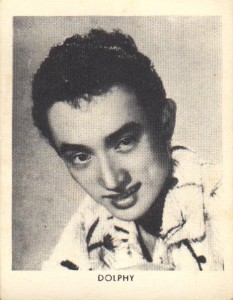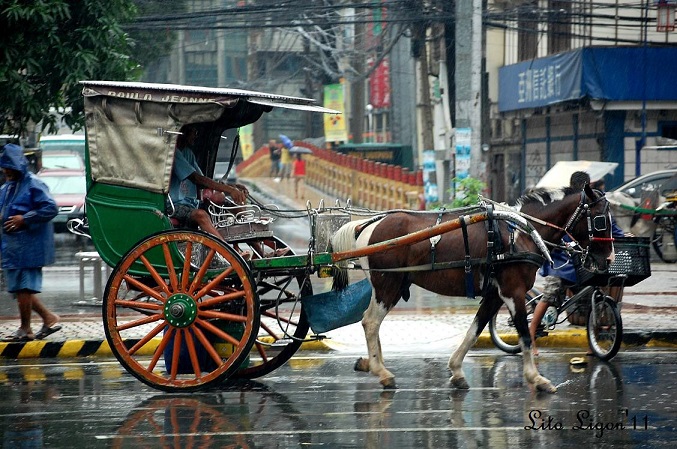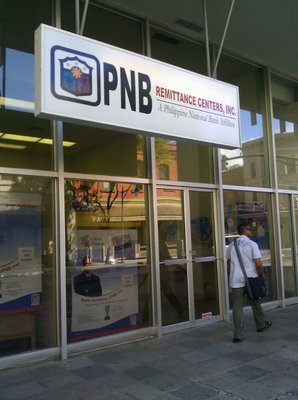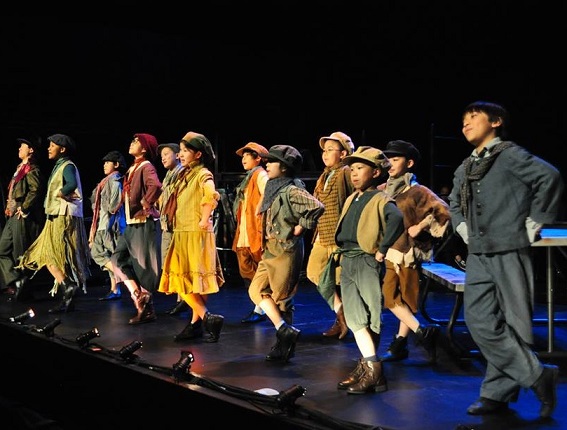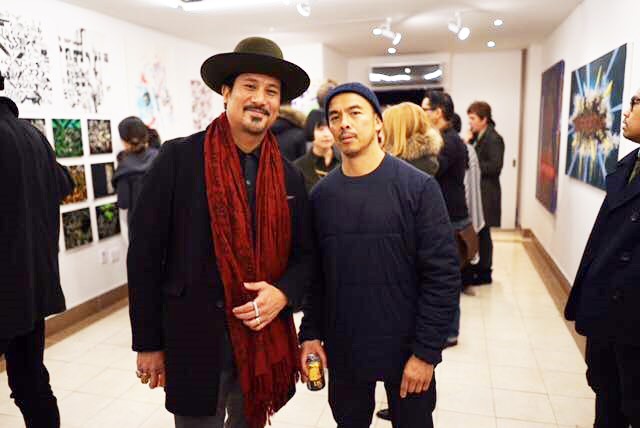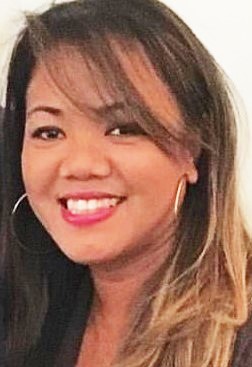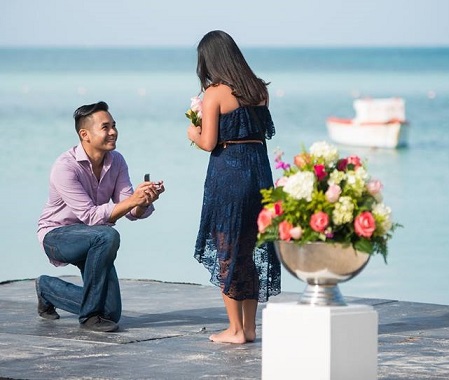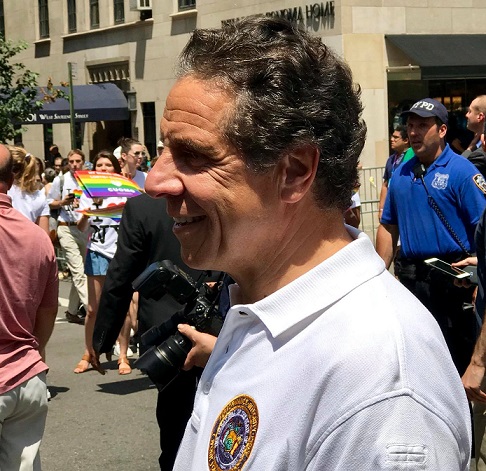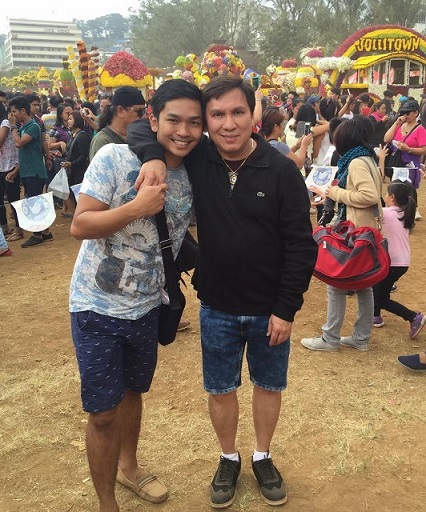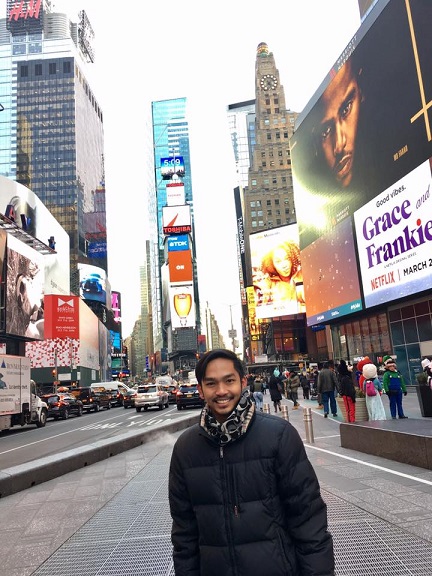Rod Pangesban’s months-long journey to a fiancé visa
By Cristina DC PastorRodrigo Pangesban and Alex Esteban met in Baguio in February of 2016, fell in love amid a sea of blooming flowers, and wed in New York the following year. If you think that was fast, wait till you hear how their application for a fiancé visa went by as if in a flash.
Alex, 55, who works as administrator and compliance officer for Metro Children’s Services in Fresh Meadows, remembered filing for the visa in June, four months after they met.
Applying for a fiancé visa involves two processes, he said in an interview with The FilAm. “Applying for a fiancé petition, and getting a medical clearance.”
Back in New York after the two met in Baguio during the Panagbenga flower festival, Alex began the process of getting Rod, 30, to the U.S. Rod meanwhile stayed behind anxiously waiting for his papers to get approved.
The fiancé visa was issued in February of 2017, paving the way for Rod to join Alex in New York. And this is where everything moved even more quickly. Rod arrived on March 10, the pair got married on March 17, a petition to adjust Rod’s status was filed on March 28. Theirs was a beautiful wedding attended by the couple’s relatives and closest friends. Alex walked the aisle in a white barong, and Rod wore a matching white tux both of them with adoring eyes only for each other. Immigration requires that the couple marry one another within 90 days of fiancé(e)’s admission to the United States on a K-1 nonimmigrant visa.
Laughed Alex, “We were fast.”
And although the visa process went by smoothly, there were challenges along the way. To Alex, it was the fees to the INS and their lawyer, and the mountain of paperwork. To Rod, it was the long lines for a medical examination. There was only one hospital authorized by the U.S. Embassy in Manila to conduct physical exams for immigration applicants, and that was St. Luke’s Medical Extension Clinic in Manila. A small scar was detected on Rod’s lung – common among Asian men, he was told — and so St. Luke’s asked him to return for a series of sputum tests.
“I had to be in line by 7 a.m. for a three-day test,” said Rod. “If I arrived late I had to take the tests all over again.”
The couple had to submit to immigration some 500 pages of digital communication printouts – emails and private messages on Facebook.
“Too much paperwork,” said Alex. “They wanted to prove that we know each other, that we are in communication. If you are not circumventing the law, there is no problem.”
For Rod and Alex who communicated morning and night every day, the printouts arrived at the U.S. Embassy in Manila in several boxes.
When Rod arrived in New York on March 10, he remembered there was a raging blizzard. “Everything was white with snow, and clean, and it was very very cold. It’s everything I imagined America to be.”
The road toward becoming a legalized American citizen has only just began for Rod. On February 16, 2018 he got his green card. He is currently learning how to drive in preparation for applying for a driver’s license. He plans to go back to school to get his MBA.
© The FilAm 2018

